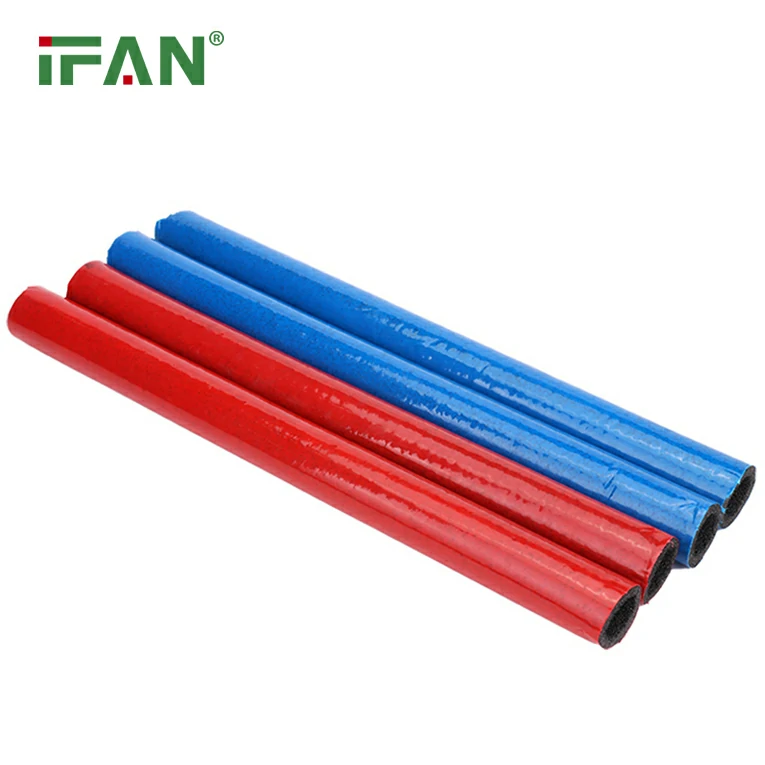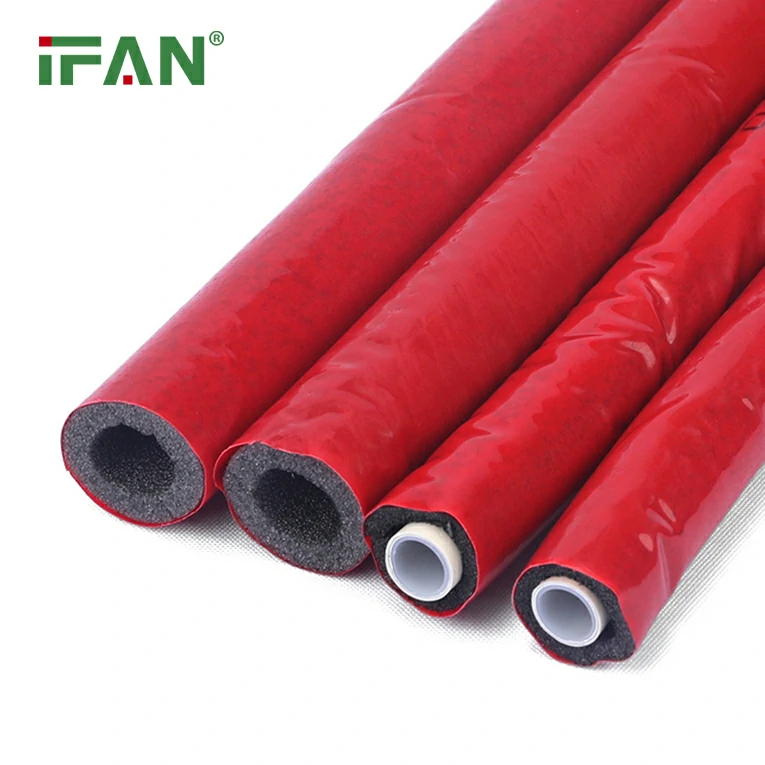Maintaining High Quality Plumbing Systems with Brass Fittings
Plumbing systems are an essential part of any building, providing the necessary water supply and drainage services for everyday use. When it comes to plumbing installations, brass fittings are one of the most popular choices for professionals. Brass fittings are non-corrosive, which makes them reliable and long-lasting. In this article, we will explore the benefits of using brass fittings and why they are an excellent choice for maintaining high-quality plumbing systems.

Benefits of Brass Fittings
- Durability: Brass fittings are extremely durable and resistant to corrosion. They do not rust, nor do they deteriorate over time like other materials might. This makes them a top choice for plumbing systems that require long-lasting, high-quality components.
- Temperature Resistance: Brass fittings are capable of withstanding a wide range of temperatures, making them suitable for use in both hot and cold water systems. They can handle high-pressure applications and are very reliable in all kinds of weather conditions.
- Flexibility: Brass fittings can connect with a wide variety of plumbing materials, including PVC, copper, and stainless steel. This gives professionals the flexibility to use them in a broad range of installations.
- Aesthetics: Brass fittings provide an attractive and stylish finish, which can add value to residential and commercial plumbing systems while providing a professional look.

Advantages of Using Brass Fittings
- Cost-Effective: Although brass fittings are more expensive than some other materials, they are long-lasting and require little maintenance, making them a cost-effective option for plumbing installations in the long-term.
- Versatility: Because brass fittings can connect to various plumbing materials, it means that they can be easily incorporated into existing plumbing systems without requiring major modifications, saving time and money.
- Eco-Friendly: Brass fittings are an eco-friendly option, as they are entirely recyclable and can be repurposed in other applications.
- Resistant to Chemicals: Brass fittings are not easily affected by chemicals that can be present in water supplies, which helps maintain the integrity of the plumbing system over time.

In conclusion, brass fittings offer many advantages and are an excellent choice for maintaining high-quality plumbing systems. They are cost-effective, long-lasting, and eco-friendly. In addition, they offer the added benefit of providing an attractive finish that adds value to any building. So, if you are seeking a reliable and durable material for your next plumbing installation, consider using brass fittings. We hope this brief article has been helpful in highlighting the benefits of brass fittings, and we encourage you to take action by contacting your nearest plumbing supply store for more information about brass fitting options.







